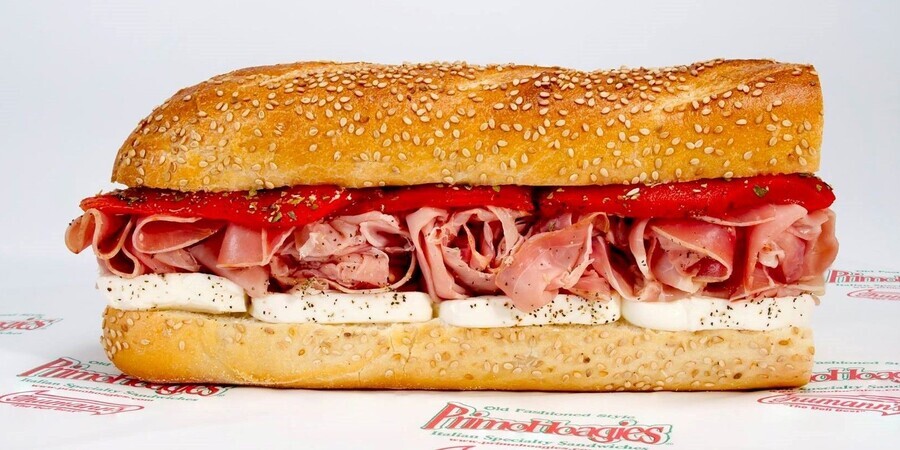Philadelphia, PA
- The Philadelphia Hoagie, an alternative to the rest of the worlds sub or hero. Served packed with fresh meats, cheeses, and veggies. The quintessential Italian hoagie will come layered with ham and salami, cheese, oil, oregano, lettuce, tomato. The bread: Amoroso’s and Sarcone’s bakeries are the most well-known hoagie roll-makers for a classic Italian.
The Philadelphia Hoagie
A Few chains such as Lee’s Hoagie House have gained some popularity alongside its unique house-spiced oil and substantial menu; Primo Hoagies has become yet another brand name with origins in the Philadelphia region. Various other innovative combinations can be found at Campo’s Deli and also Tony Luke’s.
Some new-school shops such as Matt and Marie’s offer up unique options such as the Italian Stallion, capped with coppa and salami, regionally produced Claudio’s provolone, house-pickled peppers together with pepperoncini aioli.
In South Philly, locals swear by go-to shops such as Antonio’s Deli, Ricci’s Hoagies, Cosmi’s Deli, and a few small moms and pop shops, such as Tony's Market on Oregon Ave.
So What's the Hoagies History: Accounts of the hoagie’s origin vary greatly, and scholars are still debating exactly where and when the sandwich was conceived. Here are a few of the stories that pinpoint the hoagie’s origin to Philadelphia:
- According to a 1967 article in American Speech, the word “hoagie” was first used in the late 19th or early 20th century among the Italian community in South Philadelphia. In those days, “On the hoke” was a slang term for a poor person. Deli owners would give away meat and cheese scraps on a long roll called a “hokie,” but Italian immigrants pronounced it “hoagie.”
- The Philadelphia Almanac and Citizen’s Manual tells of early 20th-century street vendors named “hokey-pokey men,” who sold antipasto salad, meats, and cookies. When Gilbert and Sullivan’s opera Pinafore opened in Philadelphia, in 1879, bakeries produced a long loaf called the pinafore, and the enterprising hokey-pokey men sliced it in half, filled it with antipasto and sold it as the “hoagie.”
- In 1925, a Chester couple opened the A. DiCostanza grocery store, which stayed open past midnight to accommodate gamblers. One night, a hungry card player walked to the back of the store when Catherine DiCostanza was cooking peppers and asked if she would make him a sandwich. She wondered what kind of meat he wanted, and he said, “Put everything you have in the case in it.” She took a loaf of Vienna bread and sliced it open and stuffed it. He asked her to put some of her peppers in too. He left, and an hour later, the place was full of hungry gamblers asking for the same kind of sandwich, which would then be known as the hoagie.
Where ever you decide to get yours, no trip to Philly is complete without this tasty treat, So Enjoy!


